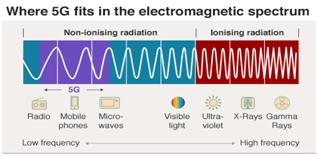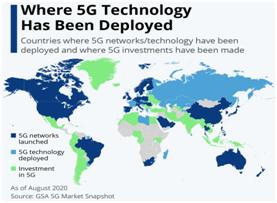Mukesh Ambani led Reliance Jio has declared that they will launch 5G in the 2nd half of 2021.
What is 5G?

Sustainable pricing of spectrum, stable policy and regulatory landscape, and innovative use cases are estimated to be key enablers accelerating the growth of the 5G market in India. Agriculture, automotive, manufacturing, healthcare, energy & utilities, and media & entertainment are likely to be the potential end-user industries of 5G.
Globally, 5G network deployment is rapidly moving from trials to early commercialisation.

With a confluence of technologies (IoT, big data, edge computing, AI, etc.) maturing together, 5G is set to be a game-changer for the telecom industry and is expected to yield enormous economic opportunities. The augmentation of enterprise 5G will impact almost all major sectors, with the potential to unlock USD4.8 trillion globally. To make 5G a reality in India, government and industry collaboration with 5G network providers is needed to achieve long-term objectives.
Verifying, please be patient.